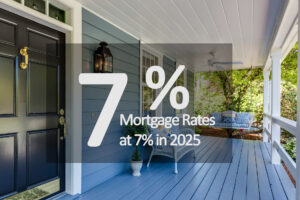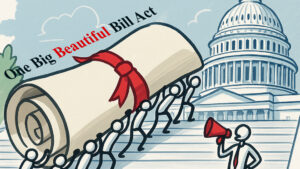In mid-2025, personal loan rates have stabilized — and for some borrowers, this means good news. While the average APR for a personal loan is currently around 12.6%, the most qualified borrowers are securing rates as low as 6%–7%.
But not everyone qualifies.
Here’s what you need to know about how lenders determine personal loan rates, who qualifies for the best offers, and how to improve your chances of getting approved.
📉 Current Personal Loan Rate Landscape (June 2025)
- Excellent credit (760+): 6.2% – 8.4%
- Good credit (700–759): 8.5% – 13.9%
- Fair credit (640–699): 14% – 20%
- Poor credit (below 640): Often 25%+ or denied
(Source: [Bankrate], [NerdWallet], updated June 2025)
🏦 Who Offers These Loans?
- Online lenders (SoFi, LightStream, Upstart)
- Credit unions (often have the lowest rates)
- Traditional banks (Chase, Wells Fargo)
- Fintech apps (Earnest, Upgrade, Marcus by Goldman Sachs)
Each has different underwriting criteria and fees, so shopping around is key.
✅ What Makes You Eligible for a 6–7% Loan?
- High Credit Score
Aim for 740+ for top rates. Lenders will check your FICO Score — most use Version 8 or 9. - Low Debt-to-Income Ratio (DTI)
DTI below 35% is ideal. Example: If you earn $5,000/month, try to keep all debt payments under $1,750. - Stable Income & Employment
Proof of consistent income (W-2s, pay stubs, or 2+ years of self-employment income) improves approval odds. - Clean Credit History
No recent delinquencies, bankruptcies, or charge-offs. - Loan Amount & Term
Smaller loans ($5K–$15K) over shorter terms (2–3 years) often get better rates.
🛠 How to Improve Your Approval Odds
- Pay down credit card balances to lower your credit utilization
- Avoid new hard inquiries for 60–90 days before applying
- Request a soft prequalification before submitting a full app
- Fix errors on your credit report before applying
- Join a credit union — they often offer lower rates and more leniency
💡 When Should You Consider a Personal Loan?
- To consolidate high-interest credit card debt
- To cover emergency expenses without using a credit card
- To fund large one-time purchases (medical, auto repair, etc.)
- To refinance payday loans or other predatory debt
Personal loans are better than high-interest alternatives — but only if you get favorable terms.
Final Thoughts
Yes, it’s still possible to qualify for personal loans under 7% — but it’s reserved for borrowers with excellent credit, low debt, and stable income. If you’re not quite there, don’t panic.
Focus on improving your credit profile and reducing your debt load. You might be surprised how quickly you can unlock better financial tools with the right steps.
Let me know if you’d like a comparison chart of current lenders offering rates below 8%!




